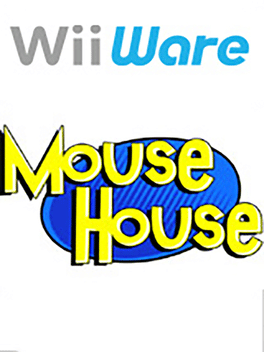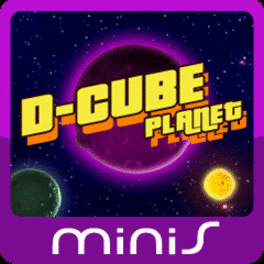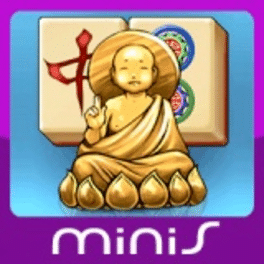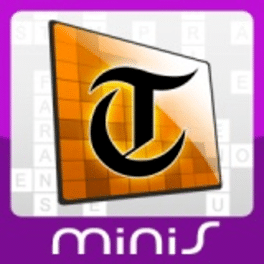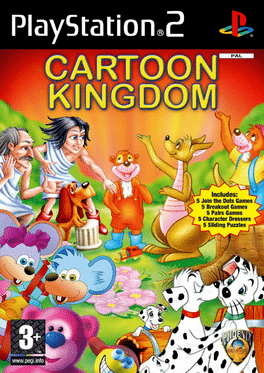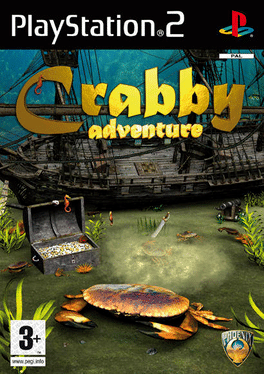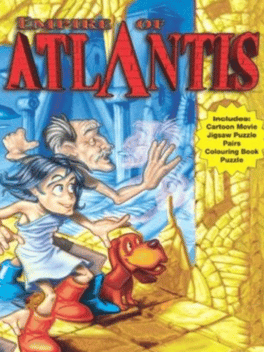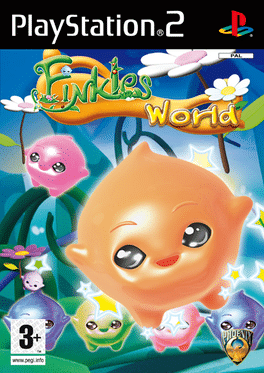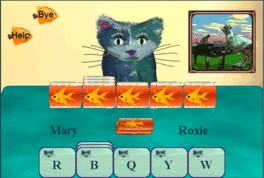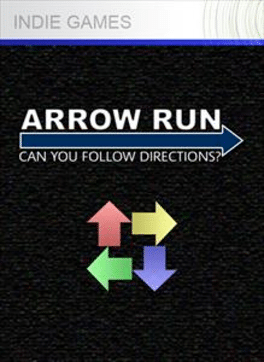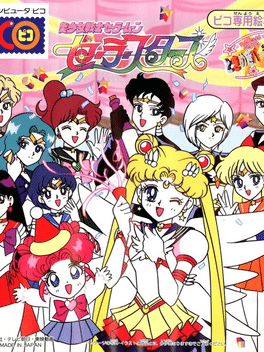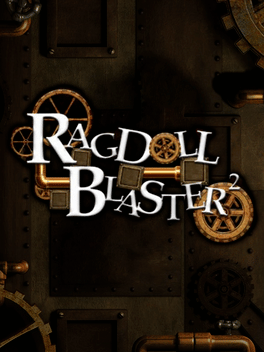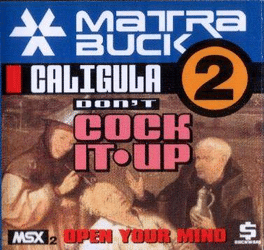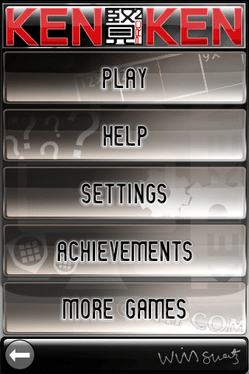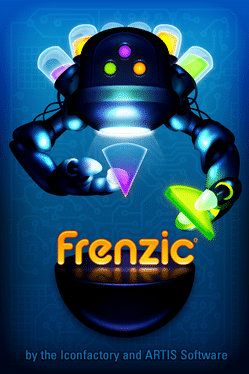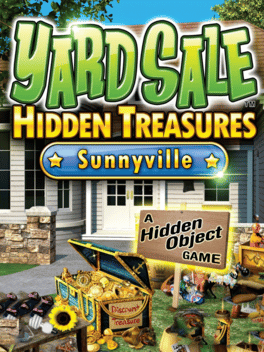Most Popular Puzzle Games - Page 359
-
Mouse House
2010
Mouse House
2010
Wiiware game by Big John Games. He’s clever, he’s daring, he’s brave, he’s…a mouse! Mouse House is an accessible and fast-paced logic puzzle game in which you lead a lively little mouse on his hunt to collect the cheese in each of 100 challenging puzzles. But these are no simple mazes – our adorable hero has to weave his way through a cast of colorful critters including stinger-shooting bees and nasty rats, as well as tricky traps like conveyor belts, collapsing floors and more! A true “pick up and play” game, Mouse House’s combination of simple controls and multiple levels of challenge make it perfect for players of all ages! -
Telegraph Crosswords
2010
Telegraph Crosswords
2010
Telegraph Crosswords transfigures the classic pen-and-paper experience with its handy interface and intuitive controls. There are 500 puzzles for you to solve! -
Crabby Adventure
2007
-
Empire of Atlantis
2004
Empire of Atlantis
2004
Rodrigo, the fisherman's son one day finds a letter in a bottle on the beach. With some help of his grandfather he understands that it tells him how to find the famous lost city of Atlantis. Now Rodrigo and his grandfather along with their dog Uzo sets out on a journey to find the long lost island. -
Finkles World
2008
-
Mambo
2007
Mambo
2007
Are you ready for a jungle adventure with Mambo? In escaping his entrapment, Mambo must find the way out of the maze before the wild animals get to him. Be careful! And remember to watch out for the flowers, they're merciless and if you step on them they will attack. So think hard before you take each step! -
Roxie's Reading Fish
A childrens game developed by LatticeWorks Software which can be used to teach basic, common English in the style of the game 'Go fish!'. -
Bishoujo Senshi Sailor Moon Sailor Stars: Tokimeki Party
1996
Bishoujo Senshi Sailor Moon Sailor Stars: Tokimeki Paati is a video game released for the Sega Pico by Bandai solely in Japan, in August 1996. -
Super Tetris 2 + BomBliss
1992
Aside from including a traditional Tetris mode, Super Tetris 2 + Bombliss included BomBliss mode that featured bombs used to destroy surrounding pieces after a line was completed. It also included a Tetris "C Mode" in which the ground level blocks automatically rise after a set number pieces are destroyed. -
Ragdoll Blaster 2
2010
-
Pinch
In the innovative puzzle game PINCH, for the iPhone, iPod Touch and iPad, players must guide little colored balls, called Norbs, through mazes; overcoming obstacles by PINCHing them apart to separate them into smaller Norbs, and PINCHing them together to merge them into larger Norbs. The game was re-released with new art and polish late in 2012 by publisher Miniclip. -
KenKen Pro by Will Shortz
The sequel to the iPhone game, KenKen: Train Your Brain, was released on April 9th, 2010. New features include puzzle grids up to 9x9, achievements, and Facebook integration. -
Frenzic
2010
Frenzic
2010
Released on the Mac and one of the original puzzle games on the iPhone, Frenzic is a fast-paced puzzle game in which players complete "pies" using various colored wedges. -
Yard Sale Hidden Treasures: Sunnyville
2010
As a new member of Sunnyville, a fictional U.S. town, your goal is to win the Superstar Homes Magazine contest by scavenging for better furniture and decor for your fledgling house.
